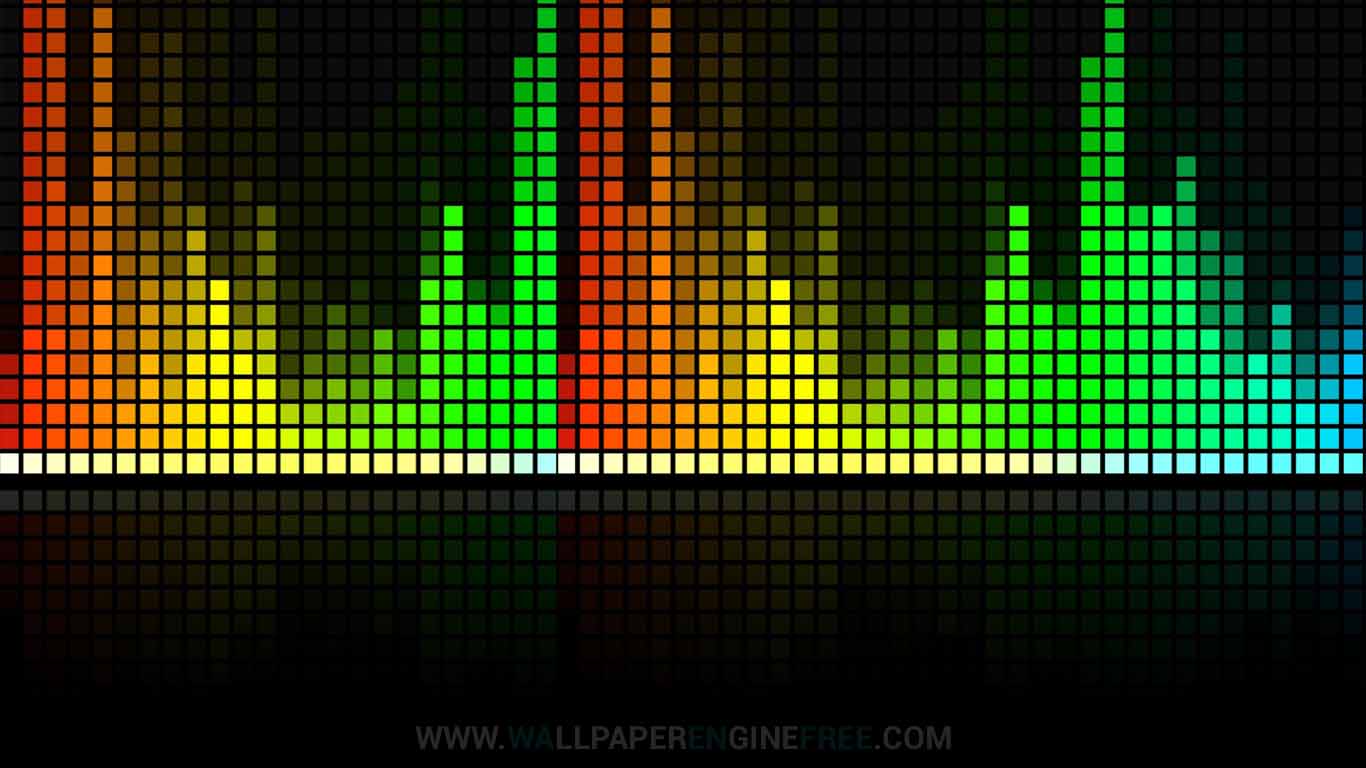

- #Vr music visualizer download of iphone code
- #Vr music visualizer download of iphone free
- #Vr music visualizer download of iphone windows
Handling the AudioĬapturing audio from the desktop on Windows is interesting. Originally I was going to capture and process the audio on a separate thread, but given how light the CPU requirements for the audio capturing/processing are and that we aren’t spending much CPU time on anything else, everything ended up done on a single thread, with the audio being polled every frame. Microsoft’s DDS loader from DirectXTex is used to load textures, KISS FFT is used for signal processing and JSON is parsed with Neil Henning’s json.h.
#Vr music visualizer download of iphone code
Apart from the Oculus SDK and platform dependencies, all external code has been copied into the repository and is compiled directly as part of the build. I used Branimir Karadzic’s GENie to generate Visual Studio projects (currently the only target I support), because it was a bit easier than building and maintaining the projects by hand. The targeted platforms are Windows, D3D 11, and the Oculus SDK (if you don’t have the Oculus runtime installed or a HMD connected, it will render into a window, but the target is definitely a HMD the future plan is to add OpenVR SDK support too). The compiler turn around time is pretty quick, so you can see effects changes quite quickly (iteration time isn’t quite shadertoy good, but still pretty reasonable). The visualizer framework has two main components the visualizer run-time itself, and a compiler that takes a JSON file that references a bundle a bunch of HLSL shaders and textures and turns them into visualizer effects package used by the run-time.
#Vr music visualizer download of iphone free
There is a lot to be covered here, so in some sections I will be glossing over things (feel free to email me, leave a comment or contact me on twitter if there is any detail you would like clarified). The current source is on github and will be updated sporadically as I experiment. I should be clear though, this is a work in progress and a spare time project that has often been left for weeks at a time (and it’s in a definite state of flux). This post basically goes through how I went about that, as well as the ins and outs of one visualizer effect I’m pretty happy with. Here’s a capture of a visualizer effect running in a Window:Īnd here’s one in the HMD rendering view: So the basic idea that followed from this was to create a music visualization framework that could capture audio currently playing on the desktop (as to work with any music player that wasn’t running a DRM stream), do a bit of signal processing on it and then output pretty ray marched visuals on the HMD. I’d also been looking at shadertoy and many cool demos coming through on my twitter feed and wanted to have a bit of a try of some of the neat ray marching techniques. It reminded me a lot of one of my favourite ways of relaxing putting on headphones and losing myself in some music. When I got my Oculus in June, one of the things that struck me was that the experiences that I enjoyed most were those where you could relax and just enjoy being somewhere else.


 0 kommentar(er)
0 kommentar(er)
